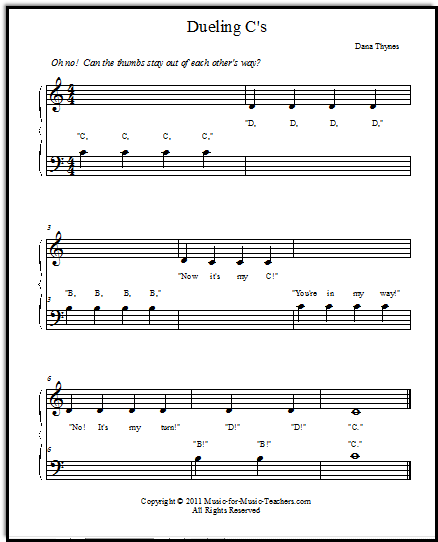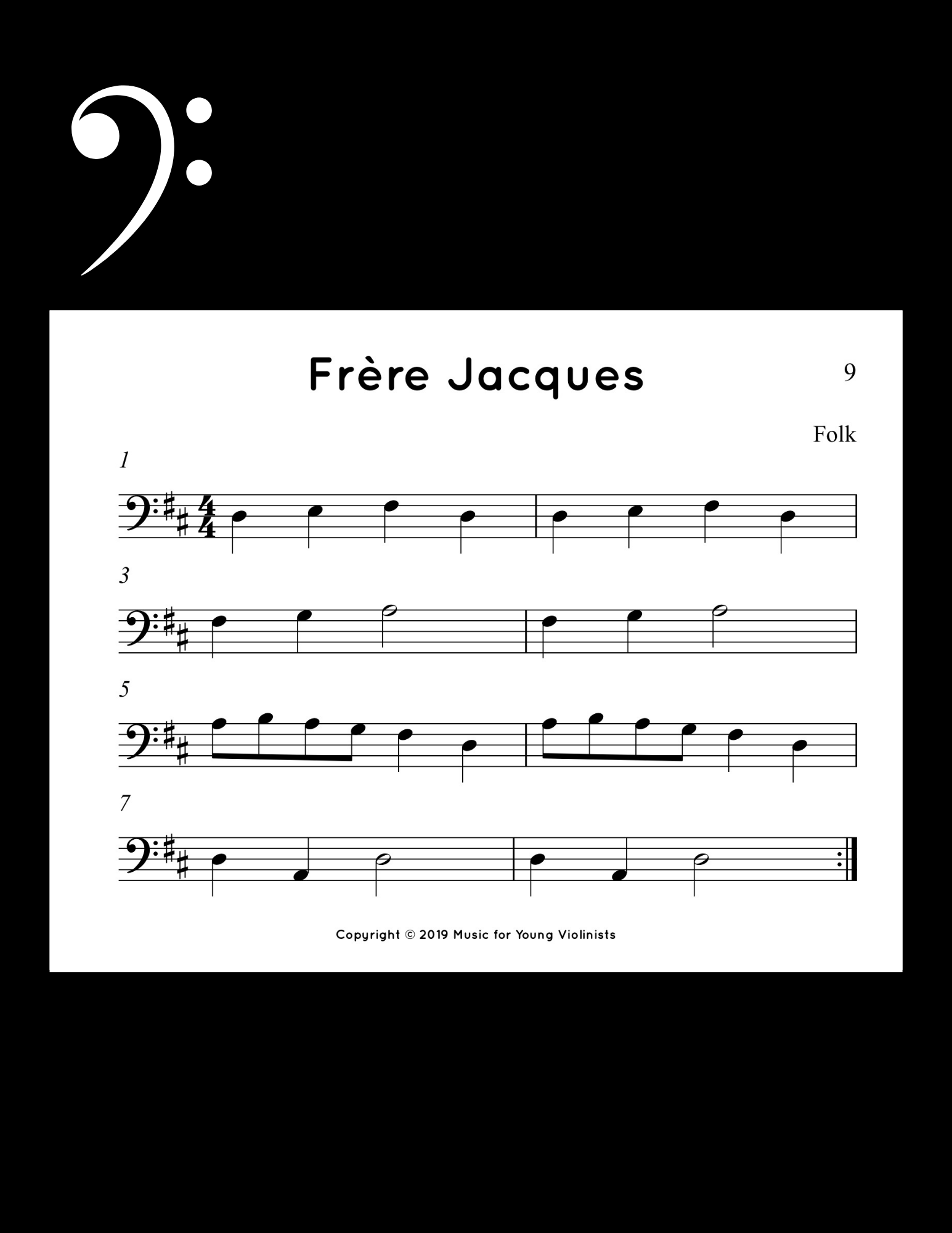

Today we spoke about how to effectively do staccatos: there should be a little bounce in your wrists. How to practice it most effectively: This week I’d like you to focus only on the Pyranese Melody, putting it hands together slowly. What to practice: Pyranese Melody, preliminary look at the Burlesque in G Major (only if you want) Again, the staccatos are very important for the character of this piece – keep it light! For Porcupine Dance, you can now play the whole song hands together! Just notice which position the thumbs start in (is it B and C? C and D? or A and B?) and go from there. al Fine – this means we go back and play the first page until the Fine, which is the real ending. At the “end” of this song there is a D.C.

How to practice it most effectively: For the P rince of Denmark’s March, please count out loud so you can really get the dotted quarter notes – eighth note rhythms. What to practice: Prince of Denmark’s March, Porcupine Dance Recommended minutes to practice: 15-20 minutes a day RH please remember that your quarter notes in lines 2 and 4 need to be twice as long as your eighth notes (they actually match up with LH’s rhythms). LH watch your octave – you are playing on low A. In Peter Pan’s Flight we are in A position – similarly to D position, the middle note (C) is sharp. In bars 9-14 make sure you keep the quarter notes in regular/moderate time so the eighth notes don’t have to be extremely speedy. How to practice it most effectively: For The Queen’s Royal Entrance, do your best to make the staccatos extra crisp. What to practice: The Queen’s Royal Entrance, Peter Pan’s Flight The rhythm for this piece is quite simple so there are no excuses for not counting! Once you feel comfortable in G and Gm, try the transposing the song in C and Cm. For Go Tell Aunt Rhody, we are playing using a lead sheet, meaning the RH melody is written down but the LH will be playing chords that are written with chord symbols. Today we spoke about swinging our eighth notes when they come in groups of 2 – the first one will be long, and the second one will be short. In Jazz Blast, please be extra careful with timing, especially LH’s rests in the final line. Pages 56-57 have some minor triad warmups for you to play through before starting your pieces. How to practice it most effectively: When improvising, there is no set length of time you have to do – just play around with different melodic ideas and follow your ear! In the C major version, use an E natural but still keep that Bb. What to practice: Improvising in C minor and C major, Minor triads warmup (Cheers for Cm, etc), Jazz Blast, and Go Tell Aunt Rhody Recommended minutes to practice: 15 minutes a day **Here is a link for Piano Adventures Level 3A Lesson Book: Here is a good lyric video for As the World Falls Down: The important words should get more of an emphasis! Also, whenever we have 2-syllable words, we like to put the emphasis on the 1st syllable (like “DRE-sses”, “PO-nies” instead of “dre-SSES”, “po-NIES”). We spoke today about important words (like “favourite”, or “girls) versus not important words (“a”, “of”).

For My Favourite Things, your notes and rhythms are very well learned, so we can start focusing more on the lyrics and how we deliver them. How to practice it most effectively: For the warmup, start on C-E-C, then once you hear how the warmup is supposed to sound, play single notes on your piano app going up in semitones (the closest possible note, including the black keys) to warm up higher in your range. What to practice: “ooh-ah-ooh” sliding warmup, My Favourite Things (karaoke), start listening and singing along to As the World Falls Down Once the notes are comfortable you can start playing with the speed notes (“slow”, “faster”) for fun! All these songs are in C position. Watch the melody direction especially over the barlines – the song is all steps. For Biking, we drew in the slurs which tell us to play legato. See-Saws introduces playing legato – this means we connect between the notes (which you’ve already been doing!). How to practice it most effectively: A Happy Song will be a review piece this week – just work on smoothly playing it from start to finish (no break between the lines).

What to practice: A Happy Song, See-Saws, and Biking Recommended minutes to practice: 10-15 minutes a day


 0 kommentar(er)
0 kommentar(er)
